Big cats, including tigers, lions, jaguars, and leopards, are some of the world’s most majestic animals. These apex predators play a crucial role in maintaining the balance of ecosystems. However, their survival is increasingly threatened by deforestation. This article delves into the relationship between deforestation and the decline of big cat habitats, highlighting the urgent need for conservation efforts.
What is Deforestation?

Deforestation refers to the large-scale removal of forested areas, primarily for agricultural expansion, urban development, and logging. This process leads to the loss of biodiversity, soil erosion, and changes in climate patterns. As forests are cleared, critical habitats for countless species, including big cats, are destroyed.
Big Cat Species Affected by Deforestation
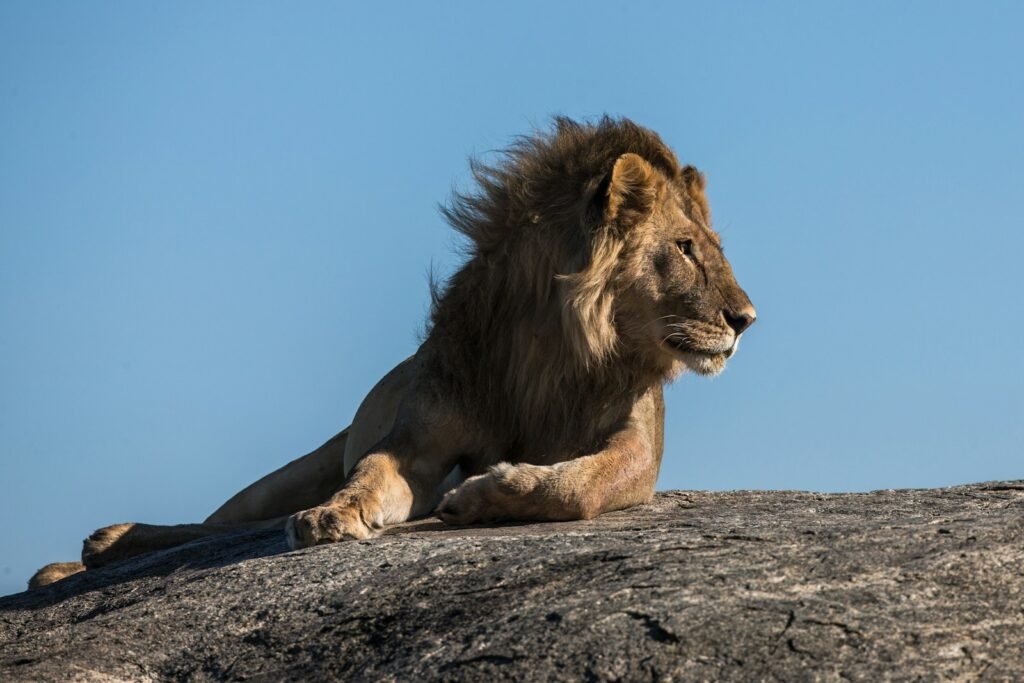
Some of the primary big cat species affected by deforestation include the Bengal tiger, African lion, jaguar, and the Sumatran leopard. Each of these magnificent creatures requires large territories filled with dense vegetation to thrive. Unfortunately, their natural habitats are rapidly diminishing due to human activities.
The Disappearance of Prey and Food Chains
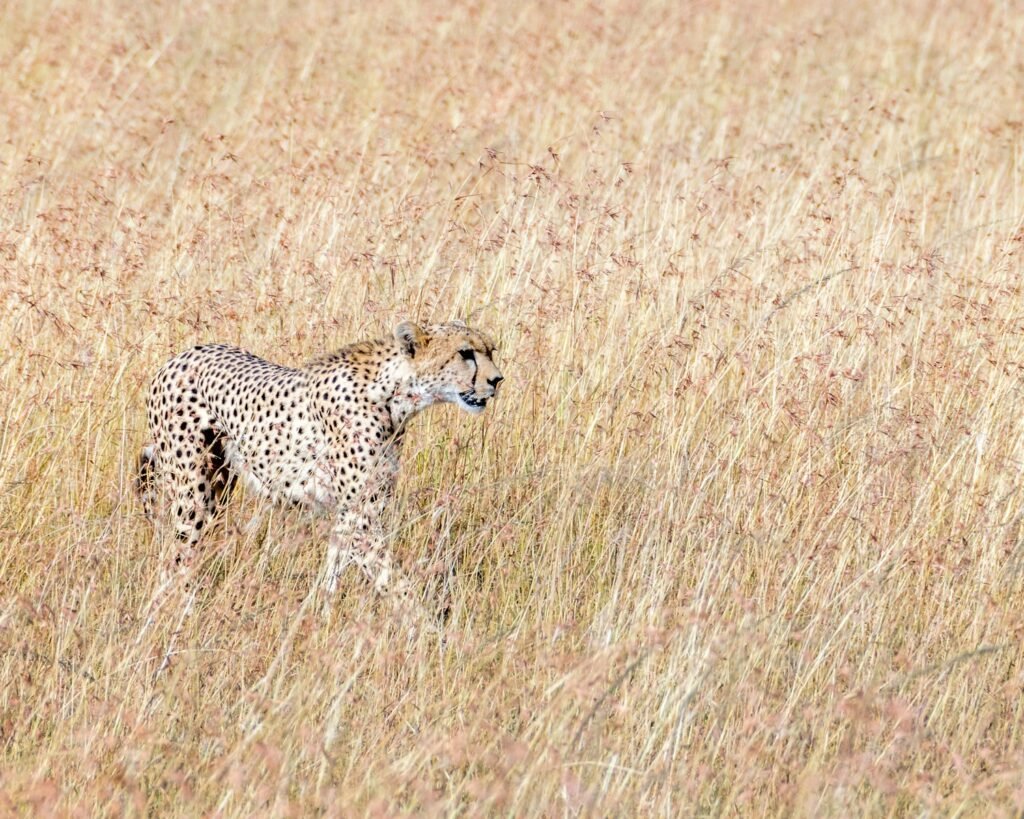
Deforestation doesn’t just remove the physical habitat of big cats; it also disrupts entire food chains. The decline in prey animals due to habitat loss forces big cats to venture into human settlements in search of food, sometimes resulting in conflicts that further threaten their populations.
Climate Change and Its Impact on Habitats
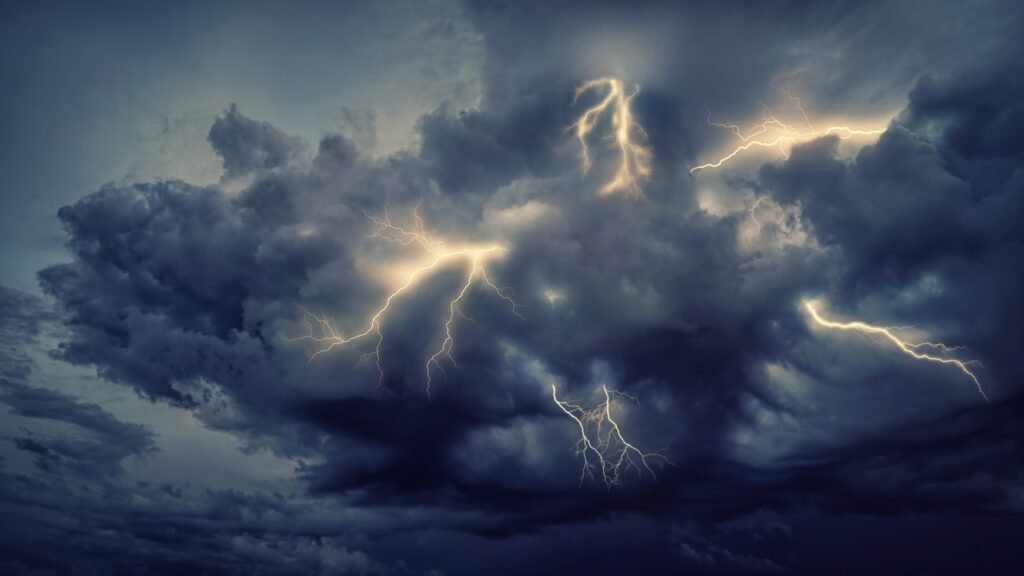
Deforestation contributes to climate change by releasing stored carbon dioxide into the atmosphere. The resulting shifts in climate patterns can alter the ecosystems that big cats depend on, making it difficult for them to adapt, find food, and reproduce effectively.
Fragmentation of Habitats
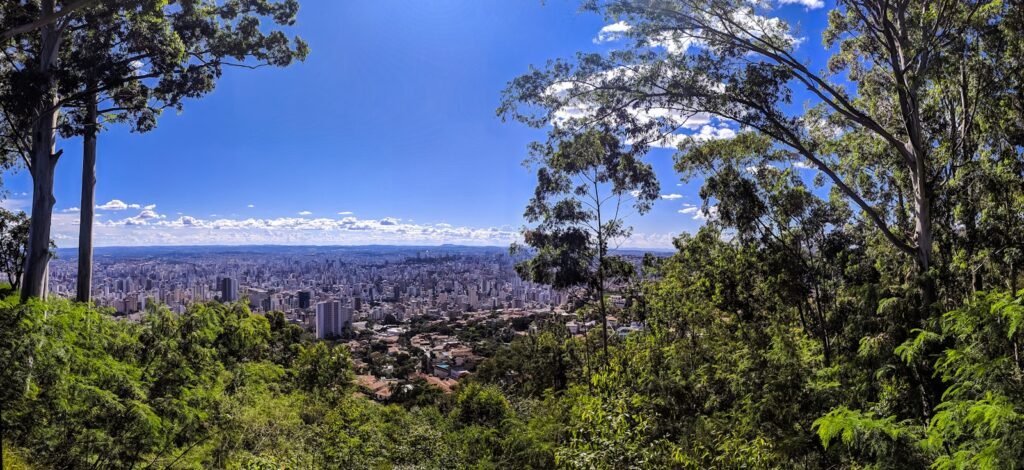
As forests are cleared or degraded, what remains is often fragmented into isolated patches. This fragmentation limits the movement of big cats, reducing their access to prey and potential mates and leading to a decrease in genetic diversity, which is crucial for long-term survival.
Human-Wildlife Conflict

Deforestation brings humans and big cats into closer contact, heightening the risk of conflicts. Livestock predation by big cats can prompt retaliatory killings by local communities. Additionally, the encroachment of human settlements into forest areas increases the likelihood of big cats being killed on roads or caught in traps.
The Role of Indigenous Communities

Indigenous communities have lived in harmony with forests for centuries, often acting as stewards of their environments. Protecting their land rights and traditional knowledge can be integral to maintaining big cat habitats and ensuring sustainable forest management practices that prevent further deforestation.
Conservation Efforts and Protected Areas
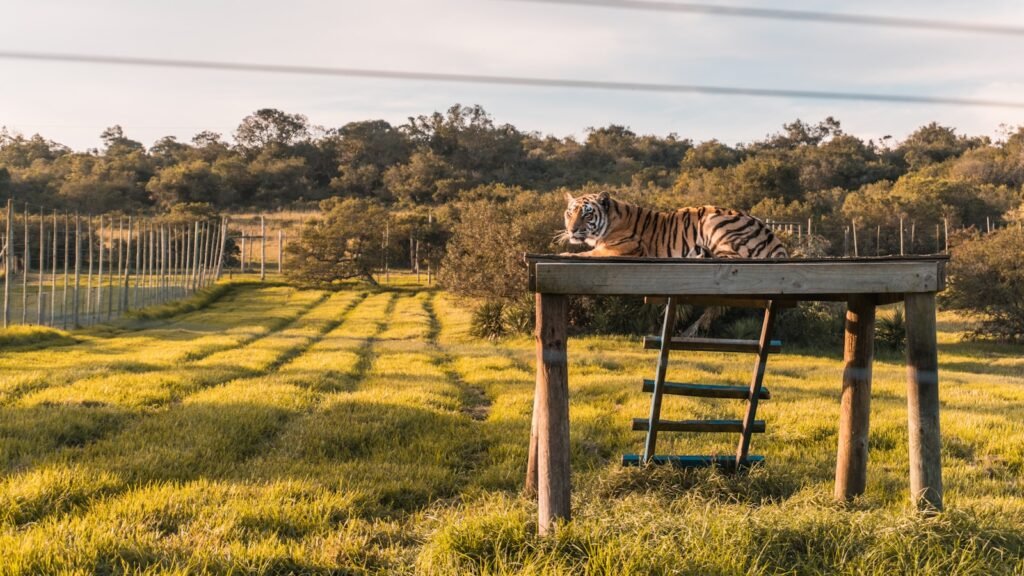
Many organizations and governments are working tirelessly to combat deforestation and protect big cat populations through the establishment of protected areas, wildlife corridors, and national parks. These efforts aim to preserve the ecosystems vital for big cat survival and mitigate the effects of habitat loss.
Technology and Monitoring in Conservation

Technology plays a significant role in monitoring big cat populations and their habitats. Tools such as satellite imagery, camera traps, and GPS tracking collars provide valuable data to conservationists, aiding in efforts to protect these animals against the encroaching threat of deforestation.
Conclusion: The Path Forward
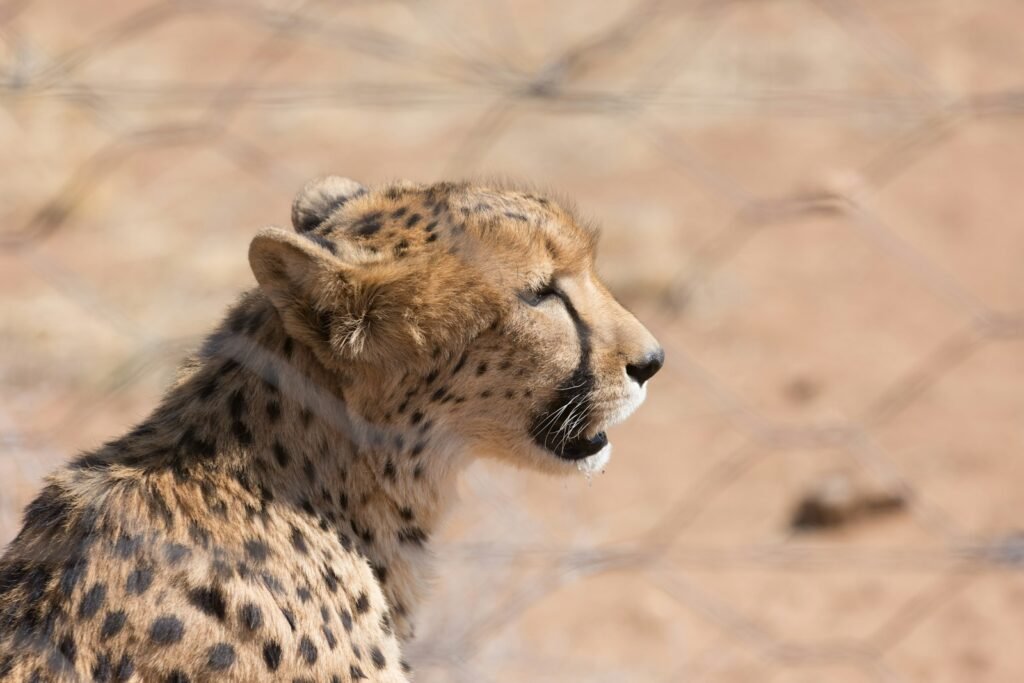
While the impacts of deforestation on big cat habitats are severe, there are paths forward. Promoting sustainable land use, enhancing community engagement, and bolstering conservation efforts are crucial steps in ensuring the future of these remarkable creatures. The protection of big cat habitats ultimately depends on our commitment to preserving the forests they call home.

Suhail Ahmed is a passionate digital professional and nature enthusiast with over 8 years of experience in content strategy, SEO, web development, and digital operations. Alongside his freelance journey, Suhail actively contributes to nature and wildlife platforms like Feline Fam, where he channels his curiosity for the Feline into engaging, educational storytelling.
With a strong background in managing digital ecosystems — from ecommerce stores and WordPress websites to social media and automation — Suhail merges technical precision with creative insight. His content reflects a rare balance: SEO-friendly yet deeply human, data-informed yet emotionally resonant.
Driven by a love for discovery and storytelling, Suhail believes in using digital platforms to amplify causes that matter — especially those protecting Earth’s biodiversity and inspiring sustainable living. Whether he’s managing online projects or crafting wildlife content, his goal remains the same: to inform, inspire, and leave a positive digital footprint.






